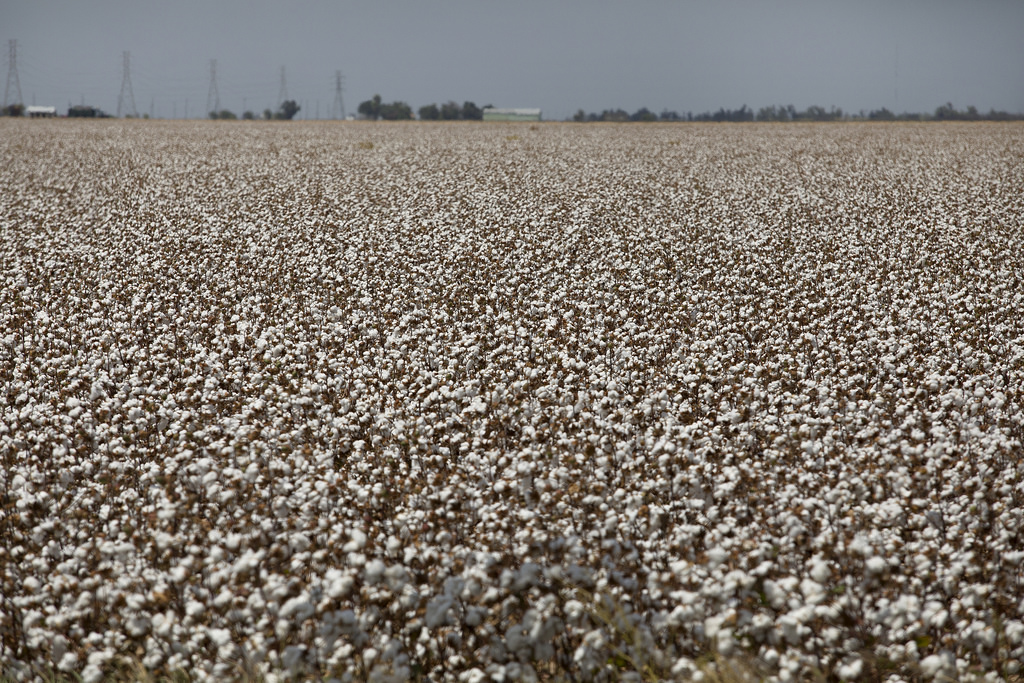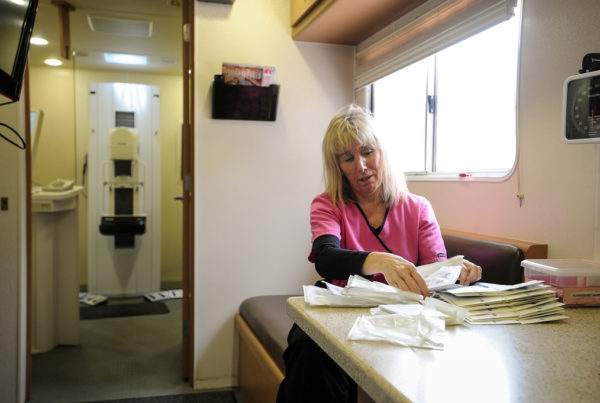When we think of cotton we just think of the fiber – the white fluffy stuff you see while driving down the highway. But there’s a lot more to the cotton plant than that. In fact for every one pound of fiber cotton plants produce, about 1.6 pounds of cotton seeds are grown. And there’s just not a lot you can do with cotton seeds other than plant more cotton.
But Keerti Rathore has been working for almost a quarter century to change that. He wants you to be able to eat cotton seeds.
Rathore, a Texas A&M AgriLife Research plant biotechnologist, has received approval for his genetically modified cottonseed from the U.S. Department of Agriculture.
“It’s a very important step in our journey,” Rathore says. “What we have created in my lab is basically a genetically modified organism. Any GMO you produce has to meet USDA approval. What USDA (approval) means is that now we can grow these cotton seeds without (the government’s) permission.”
Cotton plants contain high levels of a toxic compound called gossypol. Humans as well as fish, swine and chickens are unable to digest gossypol making the seeds useless to farmers growing cotton as a cash crop.
“What we have done is silence a gene that is responsible for producing gossypol in the cotton plant, but we have silenced that gene only in the seed,” Rathore says. “The rest of the plant still has this gene and it is still active in the rest of the plant. The gossypol is necessary for the plant to defend itself against insects, pests and predators.”
In addition to its use for chicken and swine feed, the new cottonseed could be used in flour, roasted and salted, or ground into a paste to be used like peanut butter.
“It’ll be useful for our farmers here in the U.S. because right now they get very little income coming out of the cottonseed,” Rathore says. “Most of their income is derived from the fiber, but it’s biggest use is probably in a lot of poor countries that are big producers of cotton.”
India, China and several countries in Africa are large producers of cotton, and grow it as a cash crop. The new cottonseed could help these countries whose residents experience malnutrition and a lack of protein in their diets.
“Obviously we’re looking forward to seeing this in the hands of the farmers… and a lot of people who need protein in their diet who can benefit from it,” Rathore says. “It feels good to have come this far.”
Written by Brooke Vincent.















